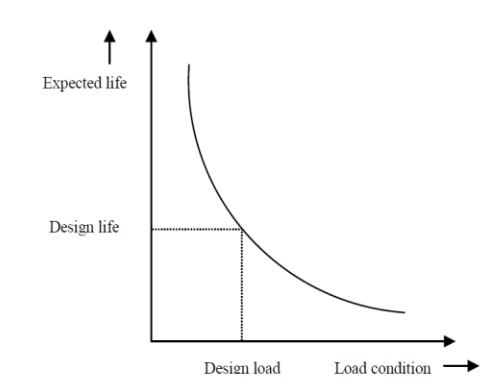

Evaluating Asset remaining life requires in-depth knowledge of the degradation mechanisms and their evolution, considering the operating conditions to which the equipment is subjected.
U-SONIX performs RLA assessments in the most complex markets. In addition to the multi-disciplinary in-house team U-SONIX uses advanced analysis and simulation tools to deliver reliable results and superior value to the decision-making process.
Predicting the remaining operating life of plant equipment that has been in service for many years is a problem faced by many industries and many power plants. The problem is especially for those companies whose plants have been in-service for 15 to 25 years or more. Analysis of reliability data plays an important role in the maintenance decision making process. The accurate estimation of residual life of in components of equipment and system can be great asset when planning the preventive maintenance. To get high operational availability and stability in maintenance for develop life extension of equipment.
Equipment was designed to work under certain conditions and has certain expected life. If these equipment’s are operated under harsher conditions, then their useful life is short. For the estimation of the residual lifetime the maximum expected lifetime, assuming that the equipment will be operated under same conditions, has to be found out. The expected lifetime is a function of the operating conditions. In dependence of the average load level, it can get shorter for higher load conditions. The residual lifetime can be defined as the difference between the expected lifetime and the actual age. For general mechanical equipment the relationship between expected life and load conditions can be described as (Figure1)

RLA is an inspection method/test employed for boilers & heaters, which are in operation for a prolonged period of time. RLA is a tool for preventive and predictive maintenance.
Condition assessment is carried out to arrive the present state of the condition of components property degradation using non – destructive and destructive methods. Condition assessment plays a vital role in running plant without any interruption and meets increasingly stringent environmental regulations, planned outages, proper maintenance and data collection in new as well as old plants. It is an ongoing procedure rather than one time activity.
1. Understanding the actual degradation mechanism
2. Visual Examination of Physical Properties
3. NDT involving In-situ Metallography, Ultrasonic Testing, Magnetic Particle Inspection, DP Test, Ferrite Measurement.
4. Stress analysis: To know the strength of the material and check ruptures.
5. Non-Destructive Testing: To provide an insight into the component integrity.
6. Laboratory Testing: To provide valuable information about the material soundness.
7. Judgment of Fitness of the Equipment: Based on available data.
8. Suggestions on Repairs: If required, repair of the equipment is suggested for life extension.
9. Judgment of Remaining Life Based on Analysis: Estimates for remaining life is carried out. In addition to this, periodic inspection procedures are spelled out to monitor the health of the equipment during the course of operation.